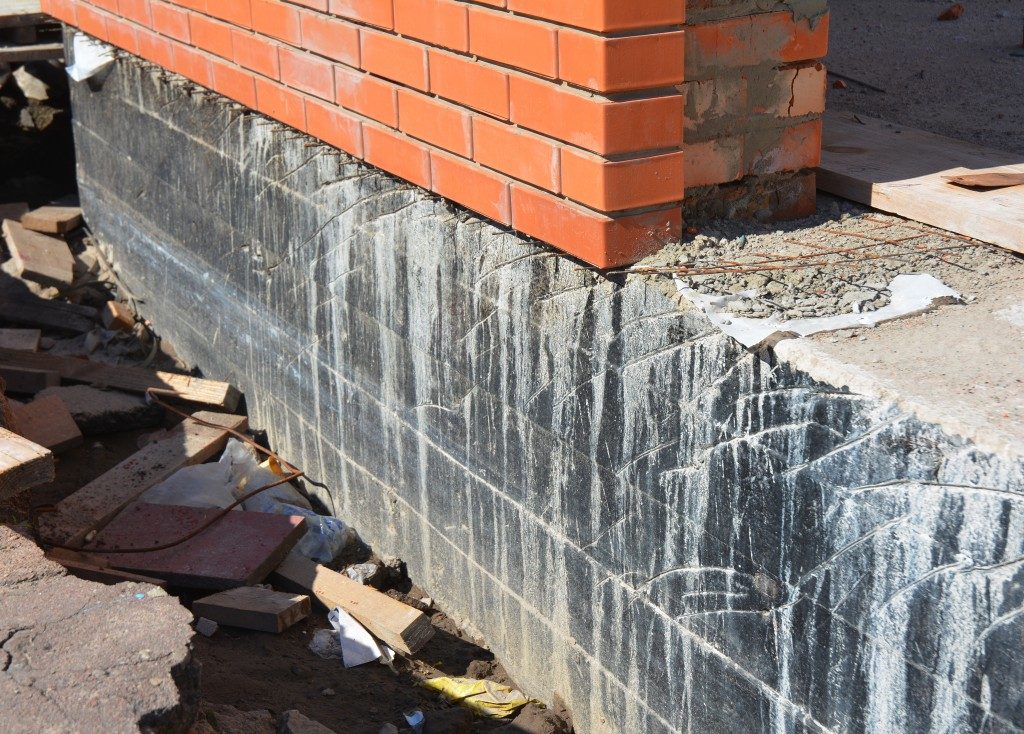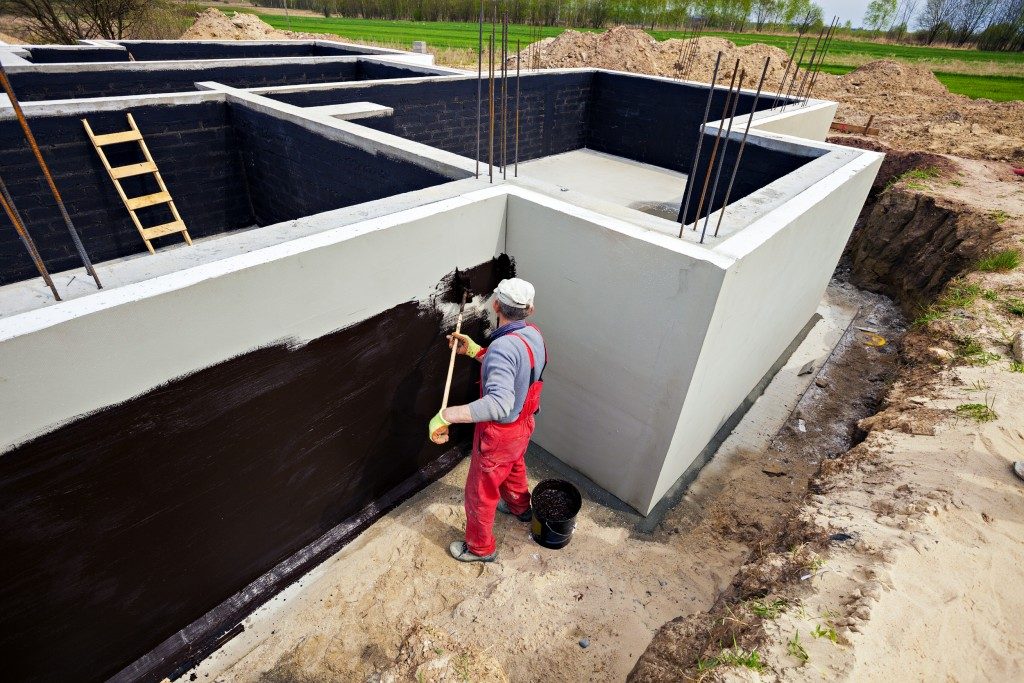Varying weather conditions have different effects on the soil. During the wet season, the soil accumulates water, causing it to expand. The soil loses its moisture content and shrinks when dry season comes. What does this mean for your property?
Soil and Foundation
Different kinds of soil have different levels of absorption. Some soils, like clay, are absorbent, so they soak a large amount of water. This causes a radical change in the ground’s size as seasons change, posing a great risk for your home’s foundation.
Your foundation may move upward and downward as the surrounding soil expands and shrinks. Any perceptible movement on your home’s foundation may cause different kinds of damage, like cracks or breakage.
Carpentry or construction errors don’t cause foundation settlement. This phenomenon is mostly due to movements in the ground and lack of site evaluation. You can try to repair the cracks by filling or patching them, but the problem will only resurface if you don’t address the root. Consult a home foundation repair expert to properly evaluate your case and come up with the optimal solution.
Foundation settlement can be uniform or differential.
Differential Foundation Settlement
When the soil expands or dries in different rates at different portions, the sections of the house move at different rates as well. This leads to major structural damage to your home.
Signs of differential foundation settlement may appear immediately after the construction or decades later. Some common signs are cracks on concrete surfaces, stair-step cracks on brick walls, and doors and windows that are hard to close or open. The movement of the foundation may skew the wooden frames, throwing the door or window out of square. You may also notice your chimney tilting or your outdoor stairs sinking.
Cracks on your foundation walls are common with the passage of time. But the soil beneath your home may be settling at an uneven rate if you see wider cracks on top of the wall and almost non-existent ones on the bottom part. Another sign of differential settlement is a change in the foundation’s position relative to patios and other horizontal surfaces edging your house.
Whereas differential settlement occurs when the soil moves at different rates, uniform settlement happens when the ground shifts at an even rate.
Uniform Foundation Settlement

Uniform settlement is more likely to happen if all the sections of your house rest on the same type of soil. This way, the soil shrinks and expands at the same rates, so your house moves evenly as well. The load or weight distribution inside your home must also be relatively even for uniform settlement to happen. Otherwise, the parts of your home with the heavier load may sink faster than the rest due to gravity, causing a differential settlement.
Uniform settlement causes less structural damage compared to differential settlement. But it may impact your utilities, such as plumbing and power lines. So you still want a contractor or an engineer to look at your foundation.
The damage to your property may worsen over time as your house sinks even more, whether it’s differential or uniform foundation settlement. Address the problem immediately, so you can preserve the structural integrity and value of your house.

